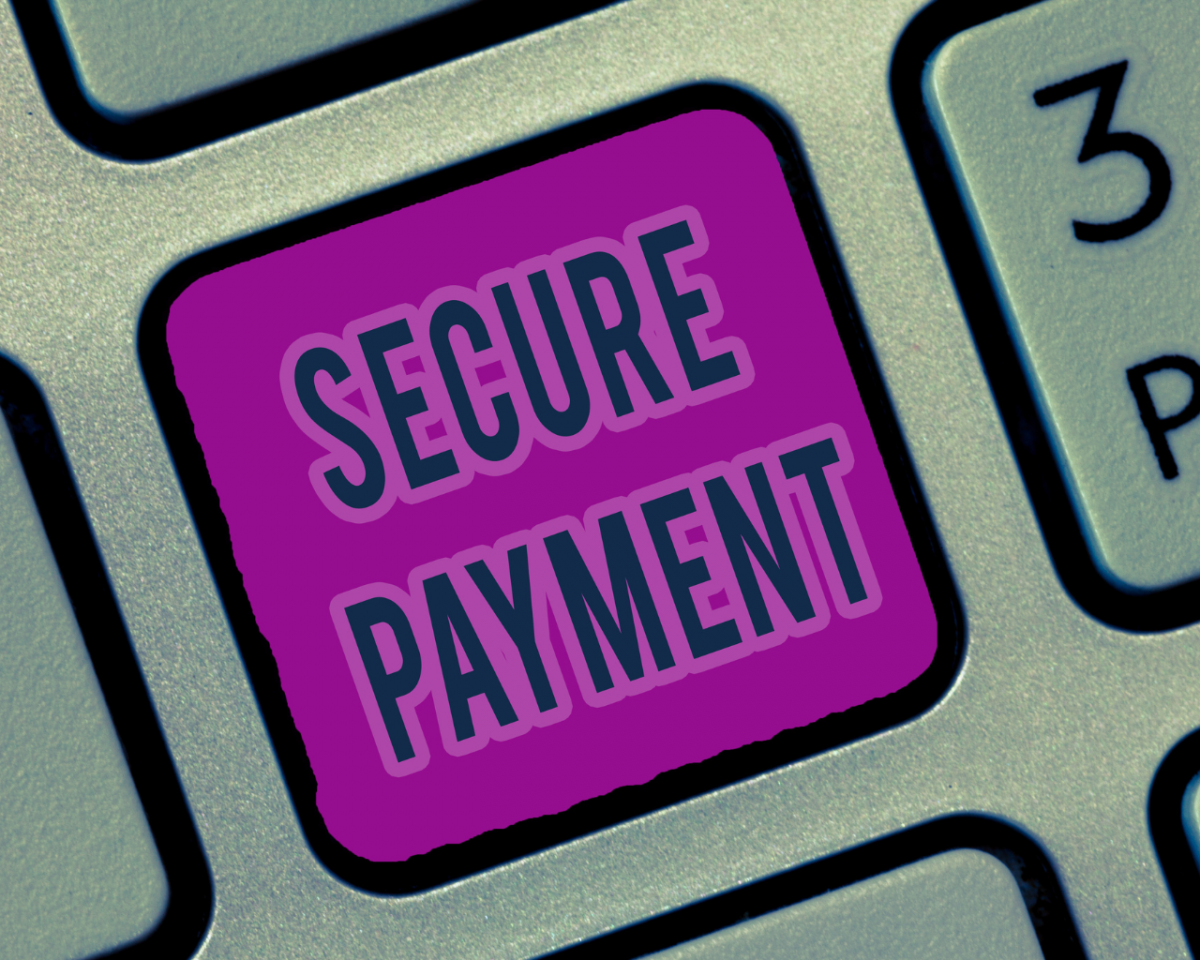In the digital age, where technological advancements have revolutionized the way we conduct transactions, ensuring robust payment security is paramount. As businesses increasingly embrace digital channels for financial transactions, safeguarding sensitive information has become a critical aspect of maintaining trust with customers. This blog explores the best practices that businesses should adopt to fortify payment security in the ever-evolving landscape of the digital age.
1. Implement Multi-Factor Authentication (MFA):
Multi-factor authentication adds an extra layer of security by requiring users to provide multiple forms of identification before granting access. This can include passwords, biometric data, or one-time authentication codes, making it significantly more challenging for unauthorized users to gain access to sensitive information.
2. Encrypt Sensitive Data:
Encryption is a fundamental practice for securing payment data. Businesses should employ robust encryption algorithms to safeguard sensitive information during transmission and storage. This ensures that even if data is intercepted, it remains unreadable and unusable without the appropriate decryption keys.
3. Regularly Update and Patch Systems:
Outdated software and systems are vulnerable to exploitation. Regularly updating and patching software, including payment processing systems, is crucial to addressing security vulnerabilities. This helps businesses stay ahead of potential threats and ensures that they benefit from the latest security features.
4. Monitor and Detect Anomalies:
Implementing continuous monitoring systems helps detect unusual or suspicious activities in real time. By leveraging advanced analytics and artificial intelligence, businesses can identify anomalies that may indicate potential security breaches and take prompt action to mitigate risks.
5. PCI DSS Compliance:
Adhering to Payment Card Industry Data Security Standard (PCI DSS) compliance is a non-negotiable aspect of payment security. This framework outlines specific security measures to protect cardholder data, including secure network configurations, regular system testing, and the implementation of access controls.
6. Educate and Train Employees:
Human error remains a significant factor in security breaches. Educating employees about the importance of security, phishing threats, and safe online practices is crucial. Regular training sessions can empower staff to be vigilant and proactive in safeguarding sensitive information.
7. Tokenization for Payment Transactions:
Tokenization replaces sensitive data, such as credit card numbers, with unique tokens. Even if intercepted, these tokens hold no intrinsic value, adding an extra layer of security. Implementing tokenization reduces the risk associated with storing and processing payment information.
8. Secure APIs for Transactions:
For businesses that utilize APIs for payment transactions, ensuring the security of these interfaces is vital. Employing secure APIs, utilizing API keys, and implementing proper authentication mechanisms are essential steps in preventing unauthorized access to payment-related data.
Conclusion: Fortifying the Digital Fortress
As businesses navigate the complexities of the digital age, fortifying the digital fortress around payment systems is a continuous endeavor. By adopting these best practices and staying vigilant against emerging threats, businesses can instill confidence in their customers, foster trust, and contribute to a secure and resilient digital payment ecosystem.
The digital age offers immense opportunities for businesses, and securing the payment landscape is an integral part of unlocking the full potential of a connected and digitally driven economy.
#PaymentSecurity
#DigitalAgeTransactions
#CybersecurityBestPractices
#SecurePayments
#PCICompliance
#DataEncryption
#MultiFactorAuthentication
#CyberAwareness
#APISecurity
#SecurityAudits

